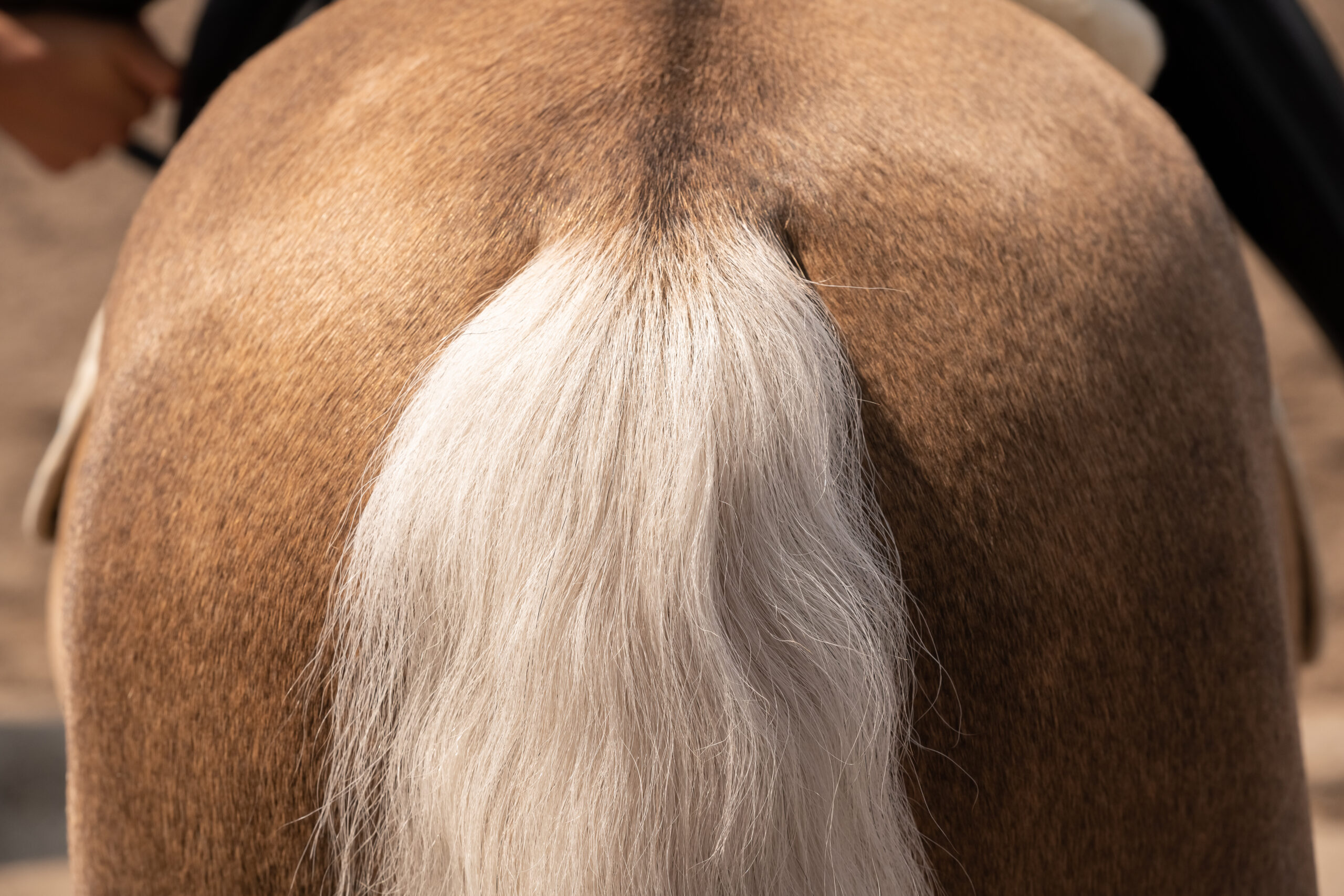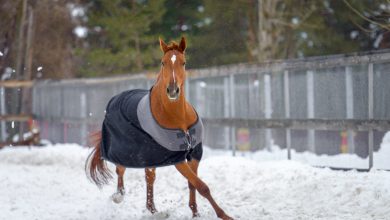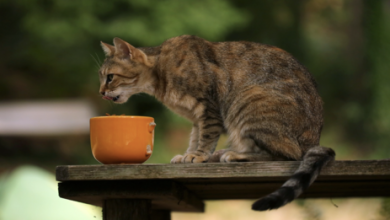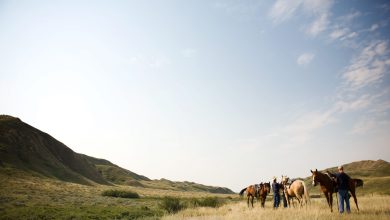Let’s Talk Tails – Horse and Rider

The tail of your horse is an essential part of his anatomy, serving several vital functions beyond its obvious aesthetic appeal. Understanding the design, structure, and significance of tail health is crucial for anyone involved in equine care. From balance and communication to swatting away pesky insects, the tail plays an important role in your horse’s daily life.

Tail Anatomy
The tailbone is made up of 15 to 21 coccygeal (tail) vertebrae, which decrease in size from the base to the tip. These bones provide the primary structural framework for the tail. The average horse has around 18 individual vertebrae in his tailbone.
Several key muscle groups surround the tail vertebrae, enabling your horse to move his tail. The most important muscles run between the tail vertebrae, and the larger sacrocaudal muscles allow for more significant movement, such as swishing. These muscles play essential roles in tail mobility and flexibility. Two arteries pump blood to the tail, but circulation is not efficient in your horse’s tail. As a result, tail injuries heal more slowly, and infections tend to persist stubbornly.
Communication
Your horse uses his tail as a way to communicate with his herd mates and with you. Through subtle movements and positions, he can convey a wide range of emotions and intentions, providing valuable insights into his state of mind. When your horse swishes his tail, it can be a clear indicator of annoyance or aggression. Tail swishing, especially if accompanied by pinned ears or other body language cues, signals a sense of irritation or displeasure. This behavior can occur in response to discomfort as well. Such as from insects, ill-fitting tack, or stressful situations, serving as a warning sign that your horse is feeling agitated.
A tail clamped tightly down can indicate a few things. It can be a sign of belly discomfort, fear, or if your horse is undersaddle, this can serve as a warning that he’s about to buck or kick. A slightly raised tail will usually accompany a raised head, and means your horse is alert and watchful, or excited.
Balancing Act
The tail also acts as a counterbalance to your horse’s head and neck, providing stability during movement. It can also help with turning and changing directions quickly.
During dynamic actions such as running, jumping, or navigating uneven terrain, the tail functions as a key component in balancing your horse’s weight distribution. By offsetting the forward momentum generated by the head and neck, the tail helps prevent your horse from becoming unbalanced. This counterbalancing effect is particularly important during faster gaits or abrupt changes in speed, where your horse must adapt quickly.
Moreover, the tail aids in turning and directional changes by assisting in his maneuverability. When a horse pivots or changes direction rapidly, the tail acts as a responsive appendage that can subtly shift to maintain equilibrium and aid in the fluidity of movement. By adjusting the position and angle of the tail, your horse can execute precise turns with enhanced coordination and stability.
Pesky Pest Deterrent
You’ve no doubt seen your horse standing in his pen or pasture switching his tail in the warm months. Your horse’s tail serves as a natural defense mechanism against pesky flies and insects, offering protection for his sensitive areas. Through swishing movements, his tail creates a barrier that deters insects from landing on or biting your horse. You might also see your horse standing head-to-tail with his pasture pal, as they engage in a reciprocal relationship, switching flies off each other’s faces.
[Do You Know About These Equine Summer Health Challenges?]Maintain Tail Health
Maintaining tail health is vital for your horse’s overall well-being. Problems with the tail can indicate or lead to broader health issues. The skin around the tail head can be susceptible to conditions such as dermatitis, which can cause itching, redness, and hair loss. It’s important to keep this area clean and monitor for any signs of infection. Your horse can also be prone to parasitic invasions in the tail region, such as ticks, which can transmit diseases. And the tail can be subject to injuries from entanglement or trauma. Such injuries can lead to problems with mobility or infection if not properly treated.
A fracture to the tailbone is definitely cause for concern. A horse uses his tail for balance, so his gaits can be affected when the appendage is injured. A broken tail can be hard to detect, but physical signs include hanging at an odd angle, appearing immobile, or vague lameness in the hindquarters. The best way to diagnose a tail fracture is with x-rays so if you suspect this might be your horse’s problem call your vet to take a better look.
Tail Care Tips
Regular grooming helps to keep his tail clean and tangle-free while allowing for the early detection of skin problems or parasites. Protecting his tail during transport or when in new environments can prevent injuries. And dietary supplements and proper nutrition can support healthy skin and hair growth for the tail. Check stall walls, gates, and fences (plus trees or brush in the pasture) for obvious places where tail hair might become caught and pulled out. And, to avoid the ultimate disaster…be sure your horse is never turned out with a tail-chewer, equine or otherwise!
Rubbing demolishes tails. Protect your horse from anything that might cause a tail to itch, including harsh cleaning products. Also keep your horse’s underbelly, sheath or udder, and fold between the hind legs clean, as itching in these spots (where your horse can’t scratch) can cause tail-rubbing, too. Identify and deal with any allergy problems your horse may have and protect him from the tiny biting midges (culicoides) that can lead to serious rubbing.
These options offer additional protection. One long braid or, for thicker tails, two or three braids hanging down work well for some horses in some environments. Always start a braid below the tailbone, keeping the braids relaxed to avoid discomfort and rubbing. Secure the braids with hair-friendly elastic bands. Placing the braids within a commercial tail bag protects from snags and can extend the effects of conditioners. (Caution: Never fasten anything around the tail bone itself, as it can cut off circulation and lead to tissue death.)
[Bonus Tip: Be very wary leaving your horse in turnout with a braided tail. A braided tail can get hung up on fences or sharp edges and quickly get tangled, causing your horse to panic to get away, injuring his tail in the process.]


